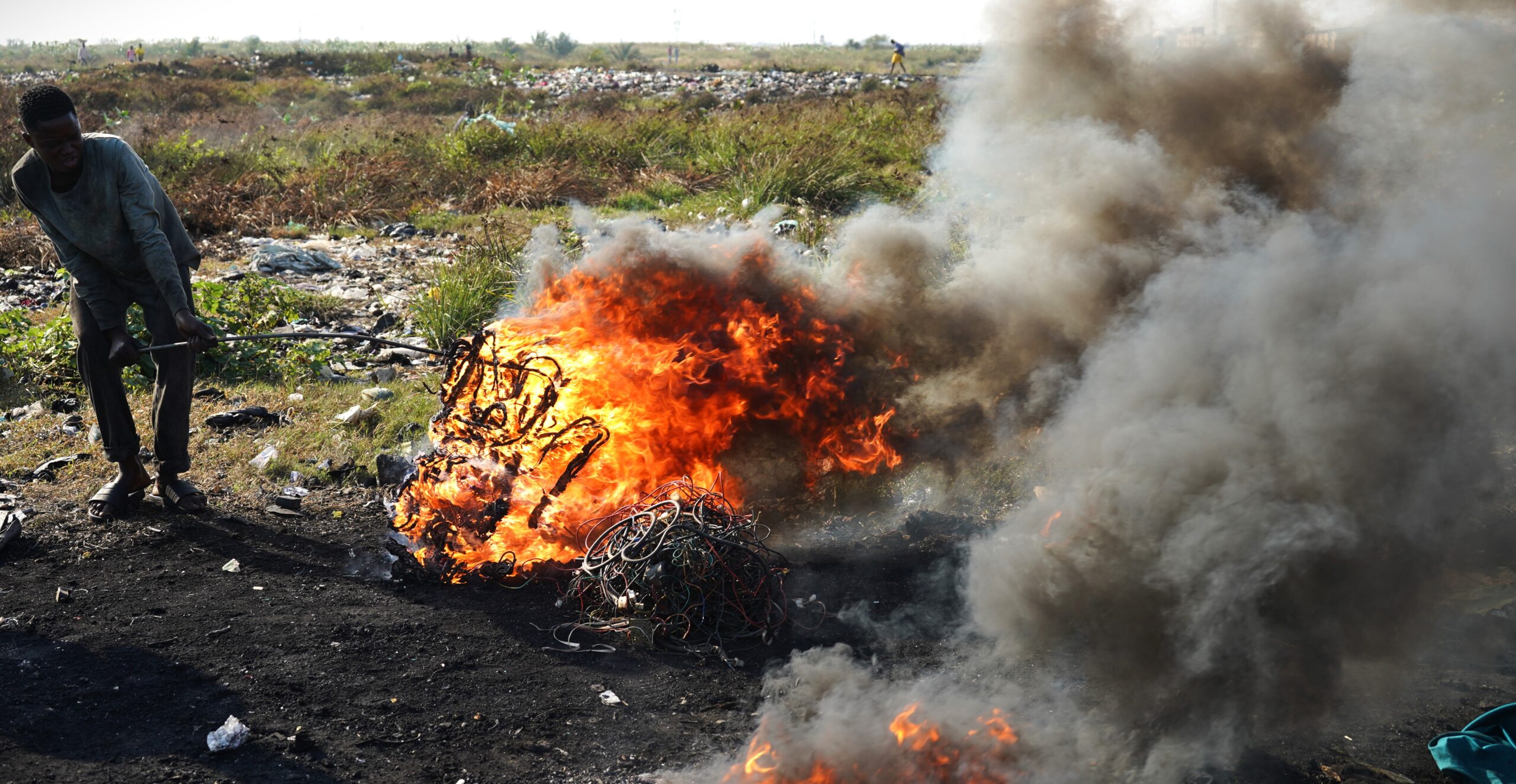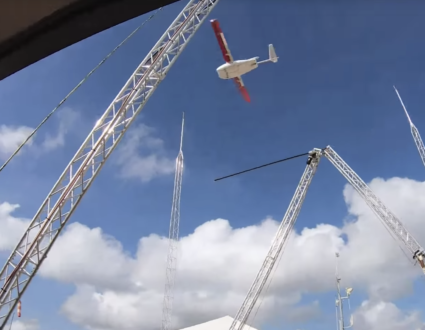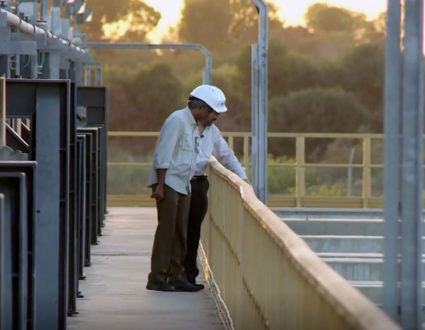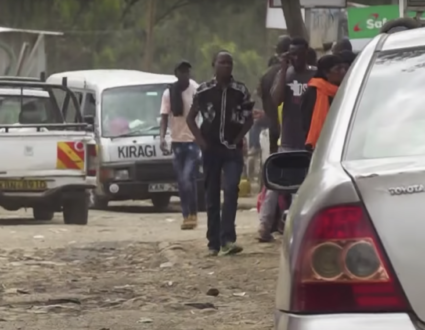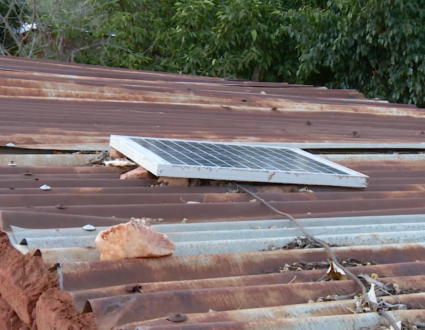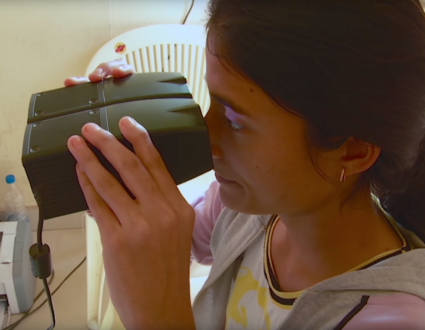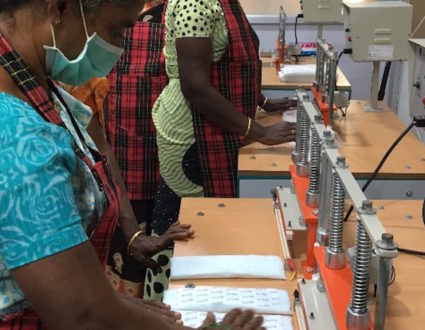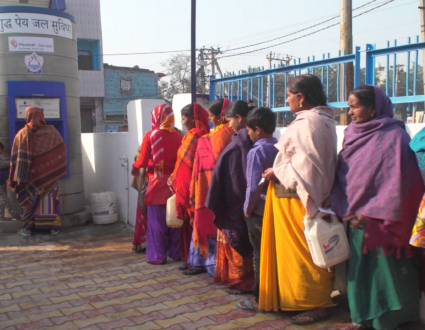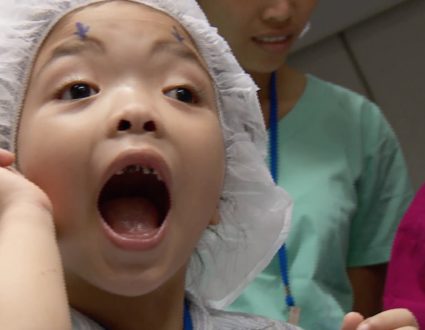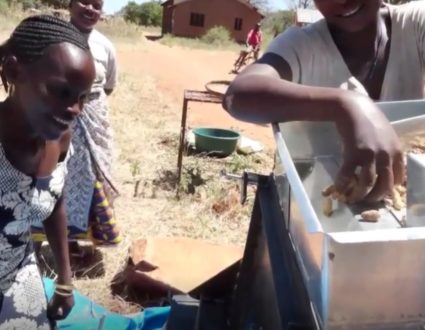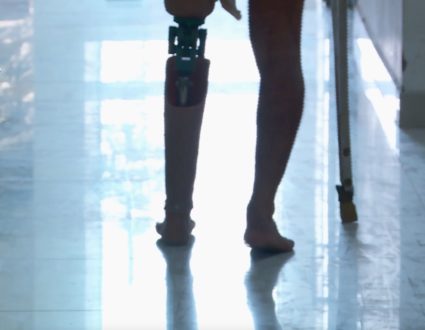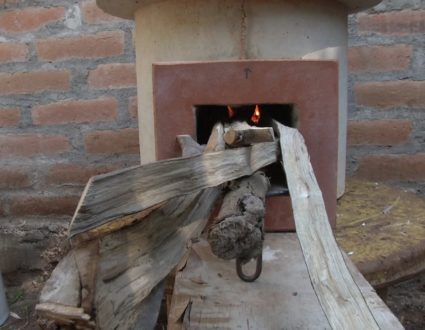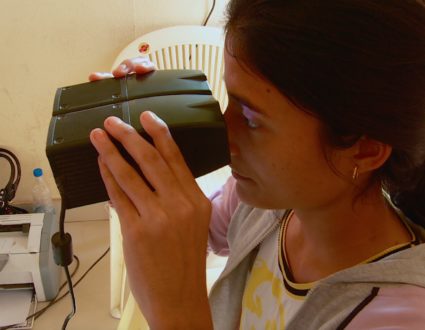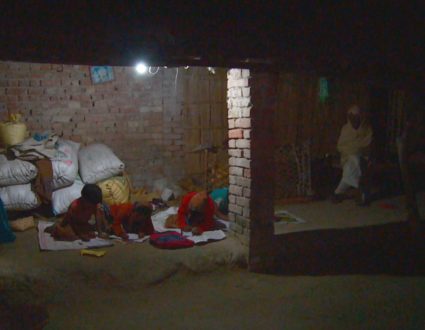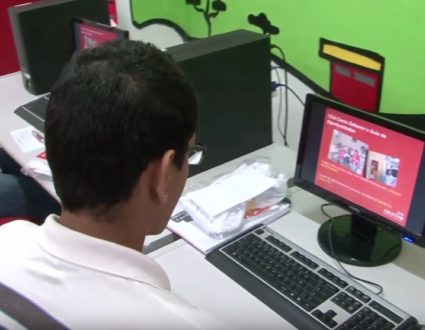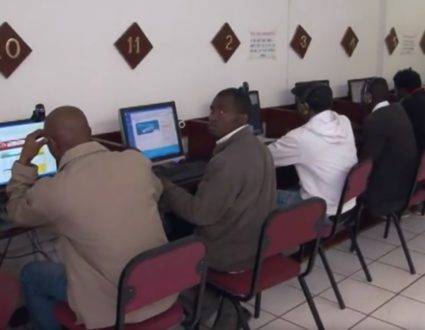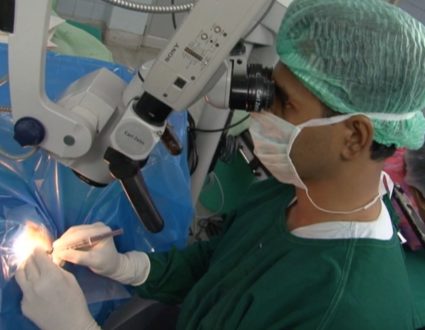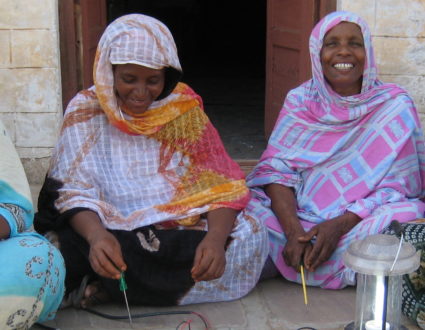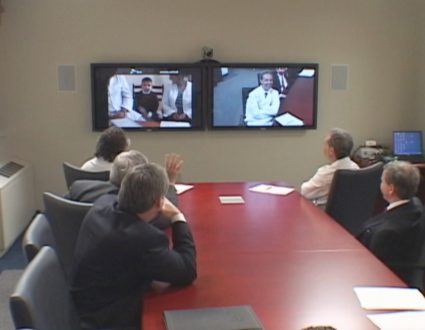Judy Woodruff:
Now a pair of reports from Africa.
First, getting medical supplies quickly to where they are needed can affect a life-or-death situation.
As special correspondent Fred de Sam Lazaro reports from Rwanda, one company is using new technology to speed up deliveries.
It’s part of our series Breakthrough.
Fred de Sam Lazaro:
On the outskirts of Rwanda’s capital, Kigali, is a new blood bank set up to serve distant rural areas where blood is not always available and difficult to store.
Throughout the day, a steady stream of orders comes in by e-mail, text or phone. On a delivery vehicle or motorbike, this package would take anywhere from 90 minutes to two hours to reach the hospital requesting it. This one will take about 15 minutes, a baby step into a future of drone deliveries in health care.
Justin Hamilton:
We’re doing something that’s never been done before in the history of the world.
Fred de Sam Lazaro:
Justin Hamilton works for a California-based start-up called Zipline. It has a contract with the government to deliver blood and medications to rural hospitals.
Justin Hamilton:
Hospitals either don’t have what they need, or they don’t need what they have, which means, if you stock too much medicine, you have high levels of waste and spoilage in the system.
Fred de Sam Lazaro:
Zipline now serves 21 rural health facilities, and just added a second base in Rwanda, allowing it to expand delivery to 450 clinics and hospitals.
Joseph Ndagijimana:
Their current range is 80 kilometers, 80 kilometers radius.
Fred de Sam Lazaro:
That’s about 50 miles.
Joseph Ndagijimana is operations manager of this base.
Joseph Ndagijimana:
People here are like firefighters. They’re just waiting for a command from the (INAUDIBLE) to start loading planes and get them flying.
Fred de Sam Lazaro:
These battery-operated drones are limited, a payload of under four pounds. And they cannot land. Deliveries must be made by parachute.
But the company says its drops are accurate within two parking spaces. The government says this drone delivery system is part of a continuing effort to improve health care. In the 25 years since the genocide that killed a 10th of Rwanda’s population, life expectancy increased from 48 to 64. Infant and maternal mortality have dropped more than two-thirds, but they remain a huge challenge, says Health Minister Diane Gashumba.
Dr. Diane Gashumba:
Postpartum hemorrhage is the first killer, the first cause of death for women. By reducing the time, you save lives.
Fred de Sam Lazaro:
So far, there’s been no data on how many lives have been saved since drones began operating in 2016, and officials with the company and government are tight-lipped on how much Zipline is being paid.
Dr. Diane Gashumba:
Saving lives, for us, it’s priceless.
Fred de Sam Lazaro:
Also priceless may be what the government hopes this project does for Rwanda’s image. Rwanda is a small country, about the size of Maryland. And it’s crowded. Its youthful population is estimated at around 12 million people. It has few natural resources, no traditional industries.
So it’s turned to brain power for the future, trying to become the technology hub for the region. And being an early adopter of medical drones is a feather in its cap, says Dr. Jean-Baptiste Mazarati, who heads the Biomedical Service Department of Rwanda.
Dr. Jean-Baptiste Mazarati:
When the Zipline company approached the government of Rwanda, it was also fitting with what I can call the government ambition to see technology servicing people.
Fred de Sam Lazaro:
Another dividend that’s hard to measure is what drones are doing for young imaginations.
Joseph Ndagijimana:
Before I was like maybe 15 years old, I hadn’t seen like a plane, like an actual plane, but, here, we have kids take wires and try to imitate the size of the shape of a drone.
Fred de Sam Lazaro:
Many countries, including the U.S., with much heavier air traffic, have restricted drones to smaller-scale trials until they develop more comprehensive safety regulations.
Air traffic is light in Rwanda, and Zipline’s controllers are always in touch with the country’s one international airport. And Dr. Mazarati hopes Rwanda can remain the testing ground for future generations of this technology.
Dr. Jean-Baptiste Mazarati:
If they could land, that would be more transformative as anything we have ever seen.
Fred de Sam Lazaro:
Competition is heating up. Other companies are developing drones that can land and pick up medical packages, like tissue samples, to deliver to lab facilities not available in rural areas.
Medical drone technology may be where aviation was with the Wright Brothers, but it’s a giant leap forward for places like the Ruhango Hospital, just 50 miles away, but a very long road journey from Kigali, says medical director Richard Usabyineza.
Dr. Richard Usabyineza:
Before we started working with Zipline, it should take four to five hours to get blood from Kigali. But since we started working with Zipline, it’s now taking us 15 to 20 minutes.
Fred de Sam Lazaro:
Having made the delivery, the drone is guided back to home base, hooked by a zipline and prepared for its next trip. The government says its goal is to connect all its people to essential medical supplies in 30 minutes.
For the “PBS NewsHour,” this is Fred de Sam Lazaro at the world’s first medical drone base in Muhanga, Rwanda.
Judy Woodruff:
Fred’s reporting is a partnership with the Under-Told Stories Project at University of St. Thomas in Minnesota.
Life & Death Delivery
Getting medical supplies to where they are needed fast can mean the difference between life and death outcomes, but moving them efficiently across long distances to remote and rural areas can be difficult for traditional transportation. Special correspondent Fred de Sam Lazaro reports from Rwanda on how one innovative company is leveraging new technology to accelerate these critical deliveries.
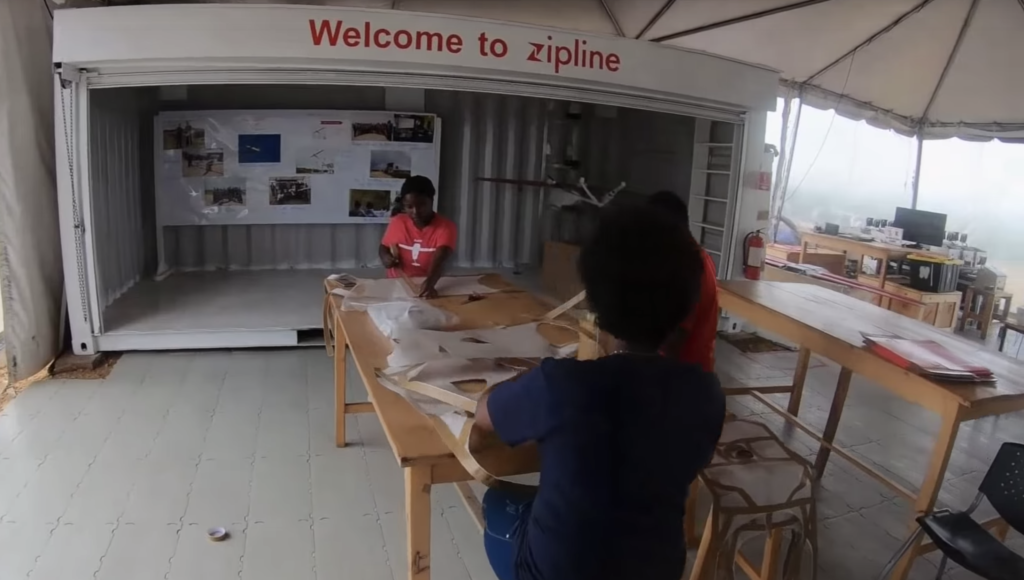
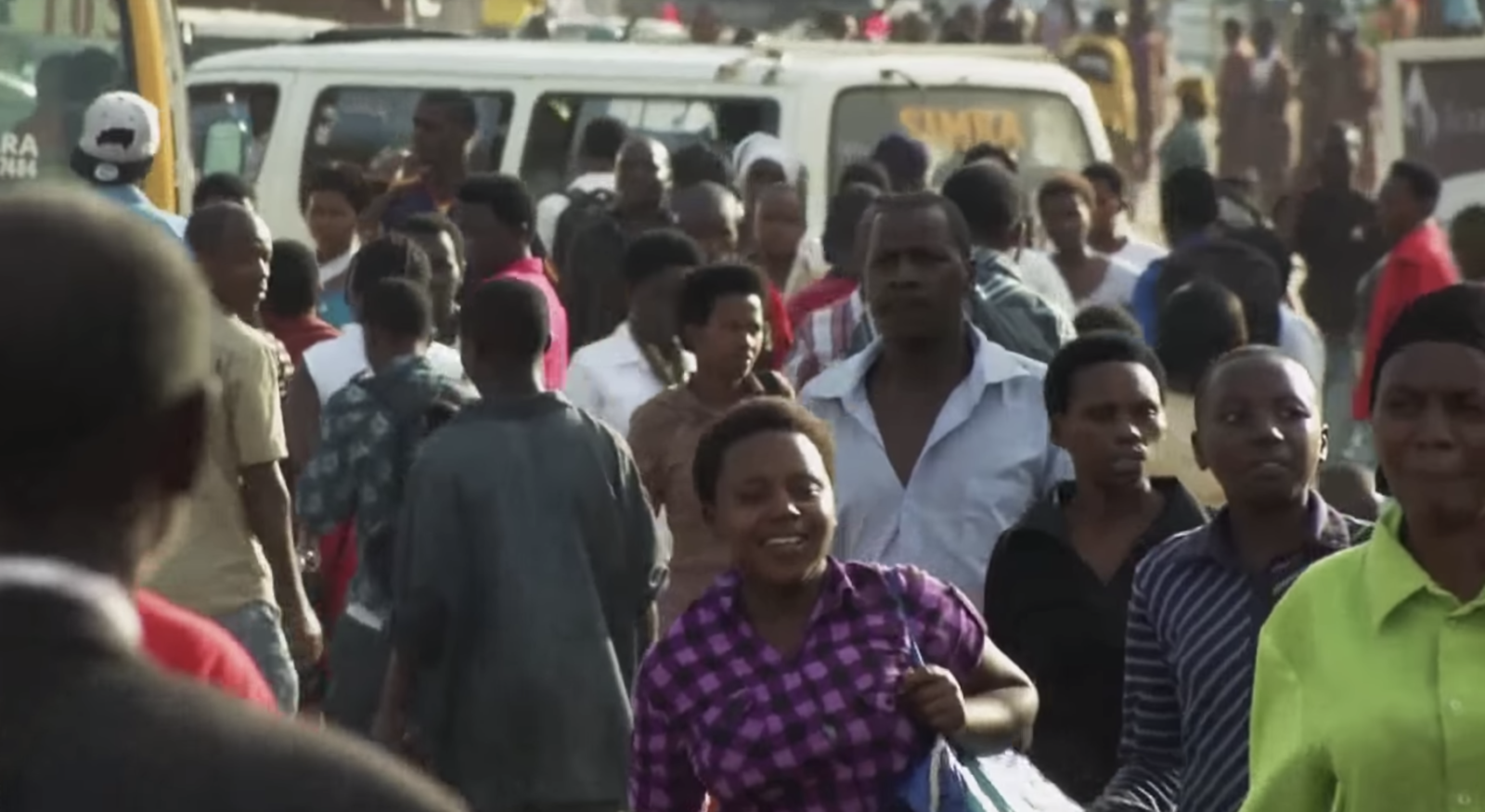
A small country
with many needs.
Also priceless may be what the government hopes this project does for Rwanda’s image. Rwanda is a small country, about the size of Maryland. And it’s crowded. Its youthful population is estimated at around 12 million people. It has few natural resources, no traditional industries.
The Vision
Medical drone technology may be where aviation was with the Wright Brothers, but it’s a giant leap forward for places like the Ruhango Hospital, just 50 miles away, but a very long road journey from Kigali, says medical director Richard Usabyineza. The government says its goal is to connect all its people to essential medical supplies in 30 minutes.
for all its people is
the government’s goal


